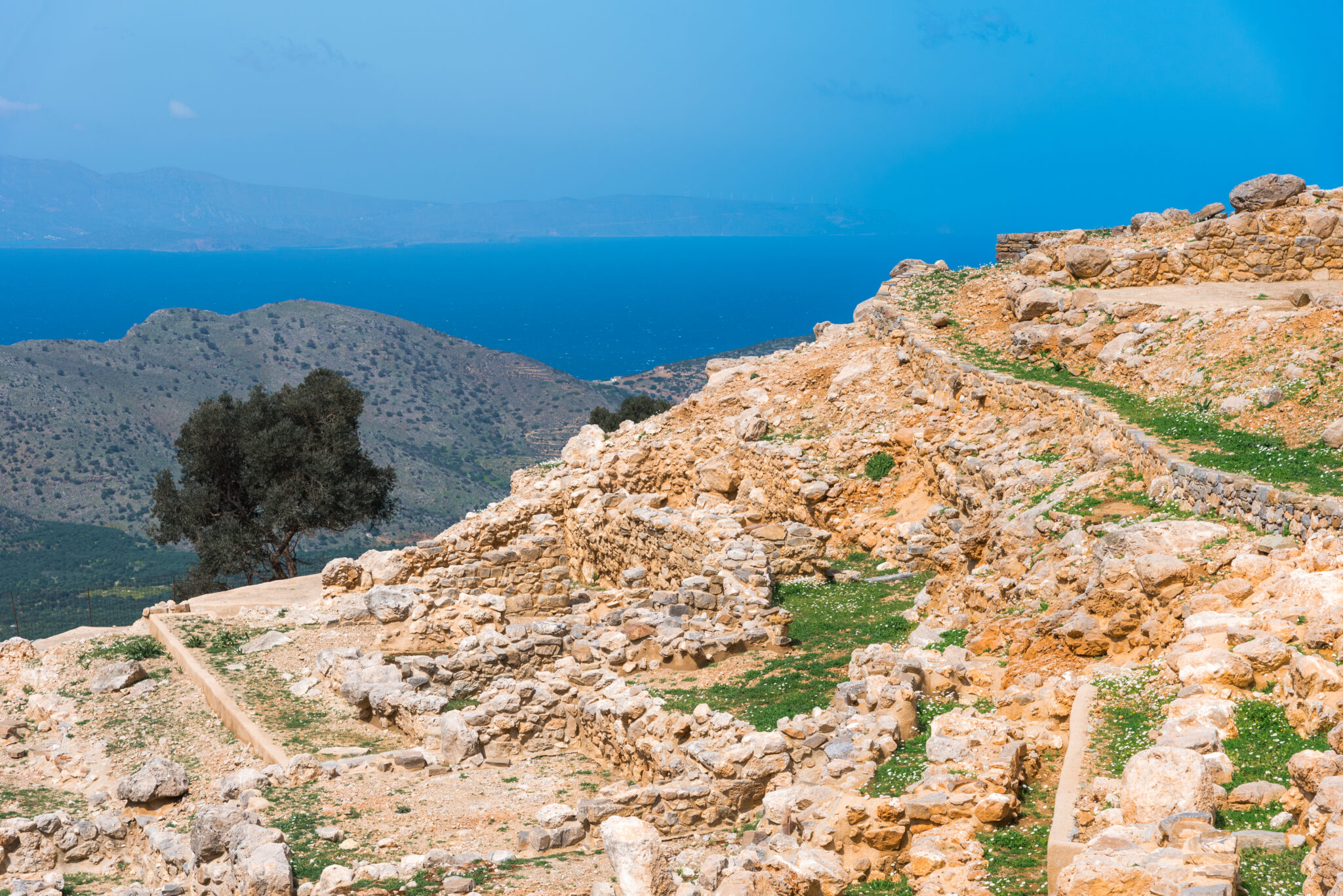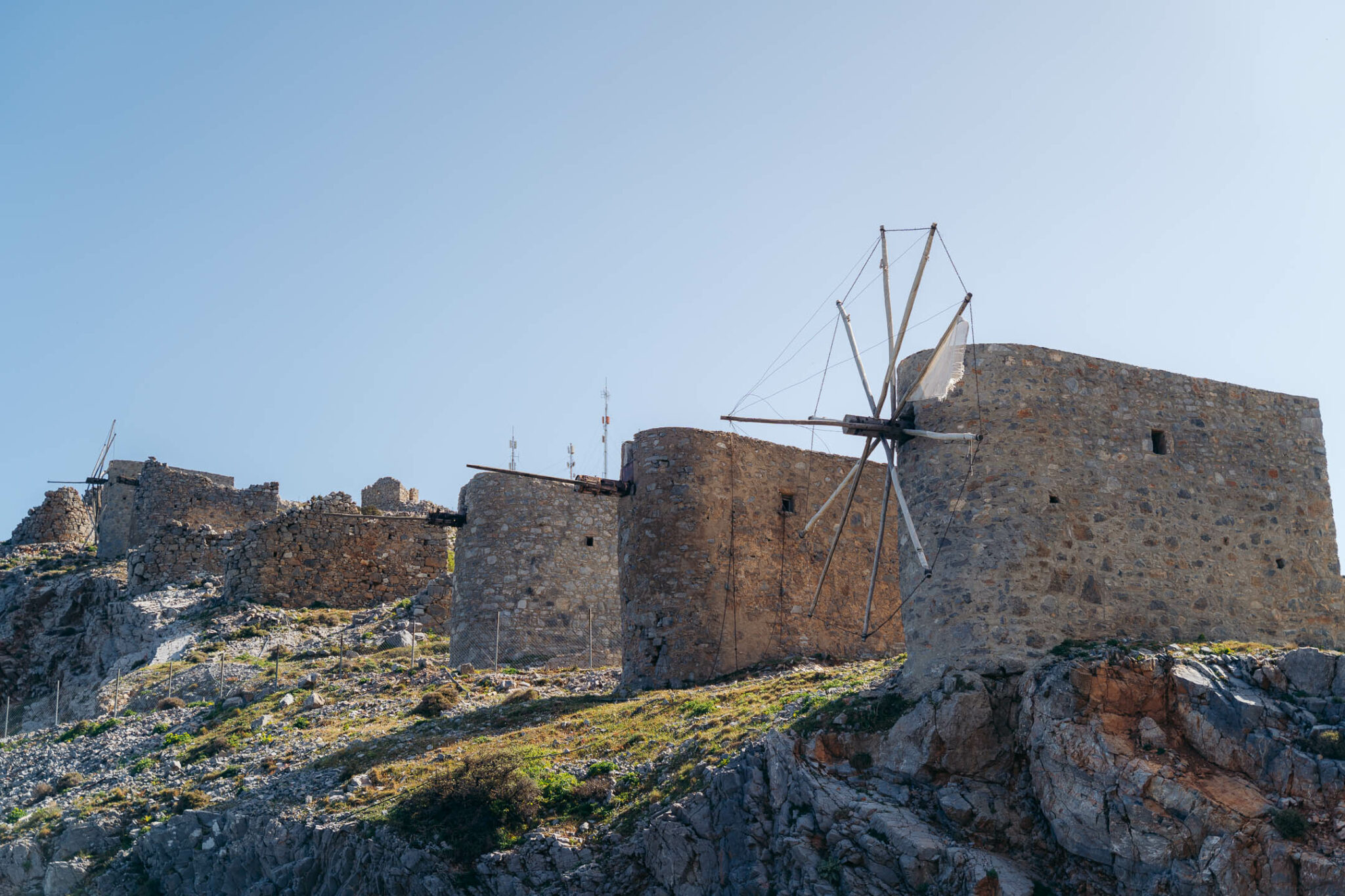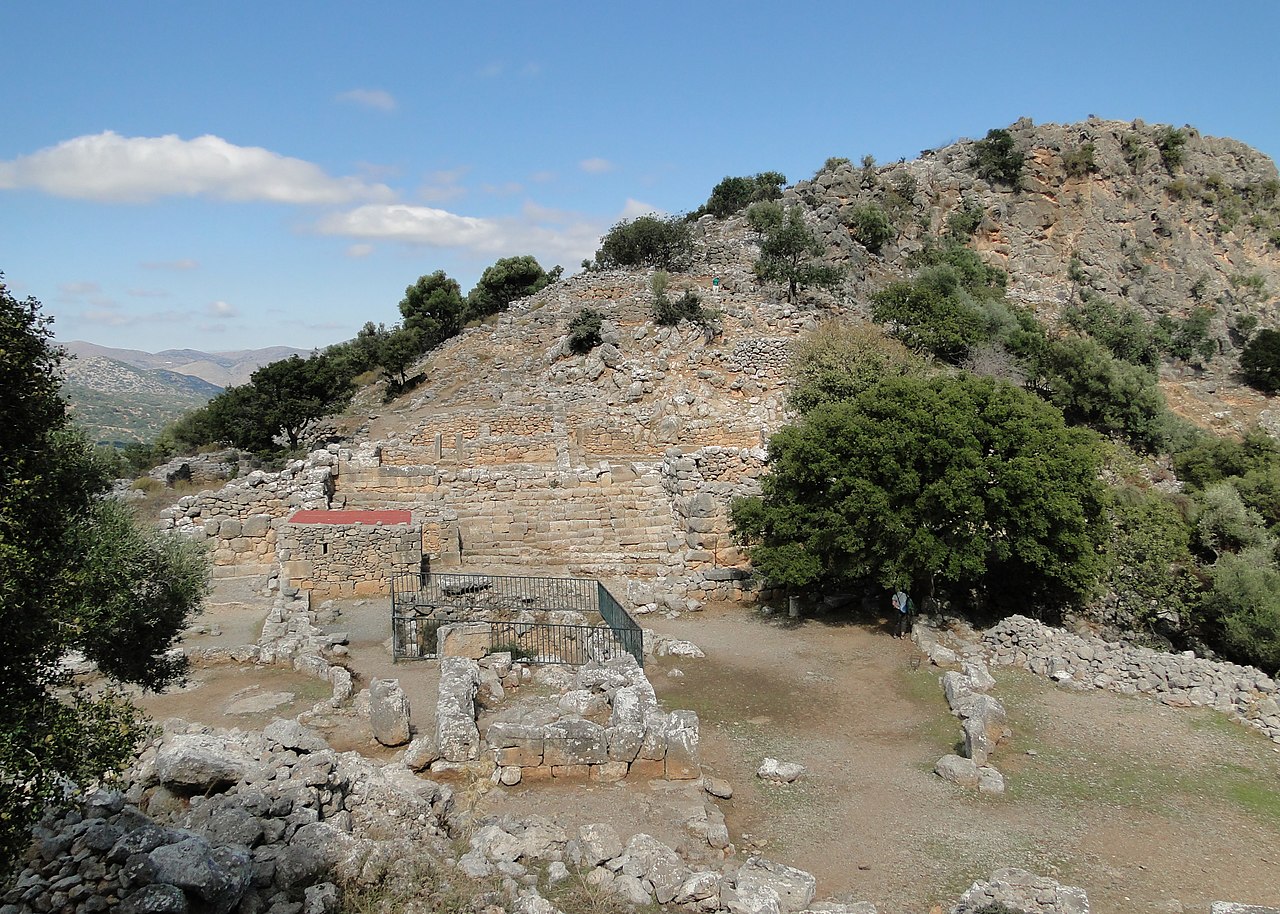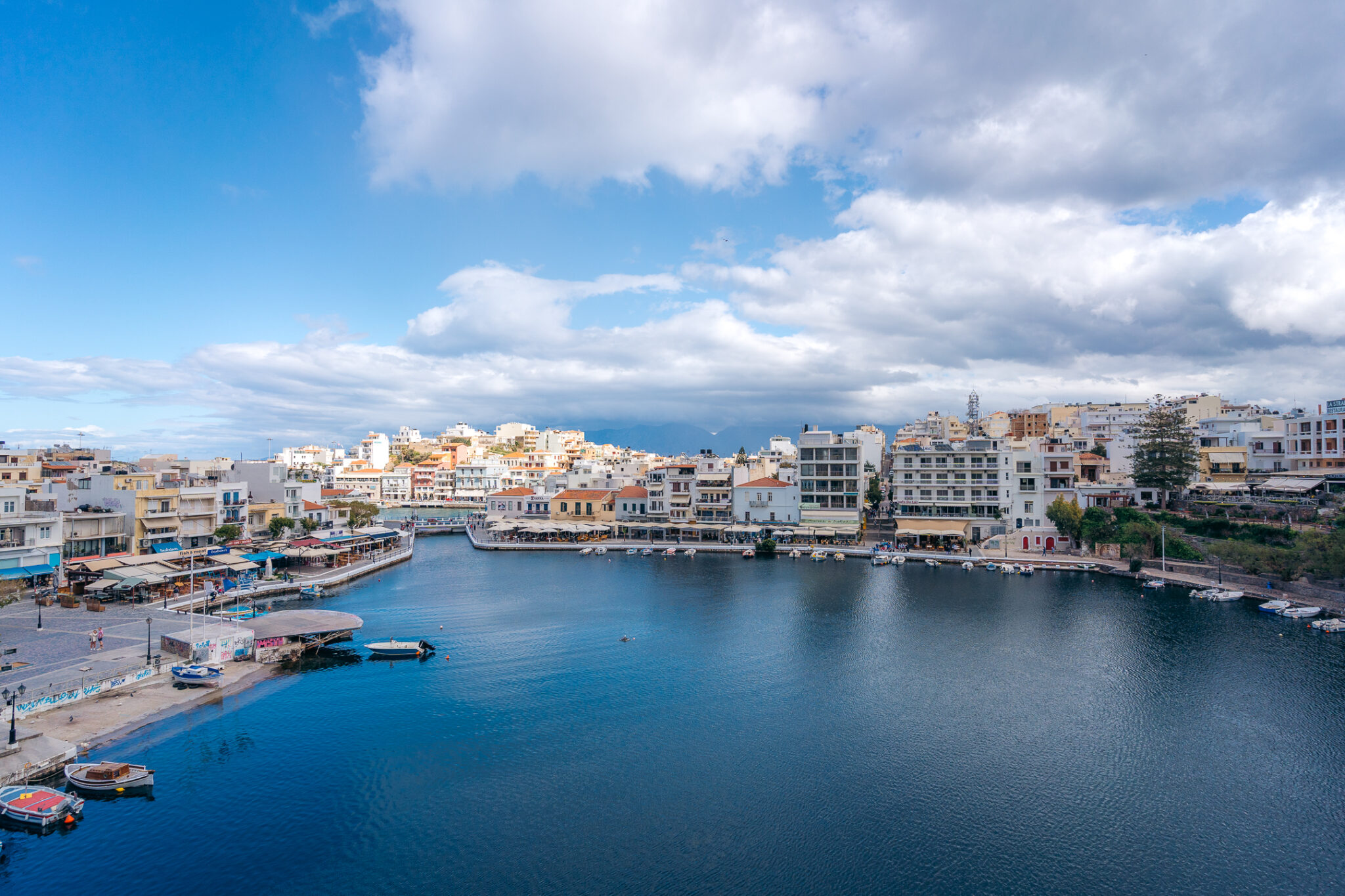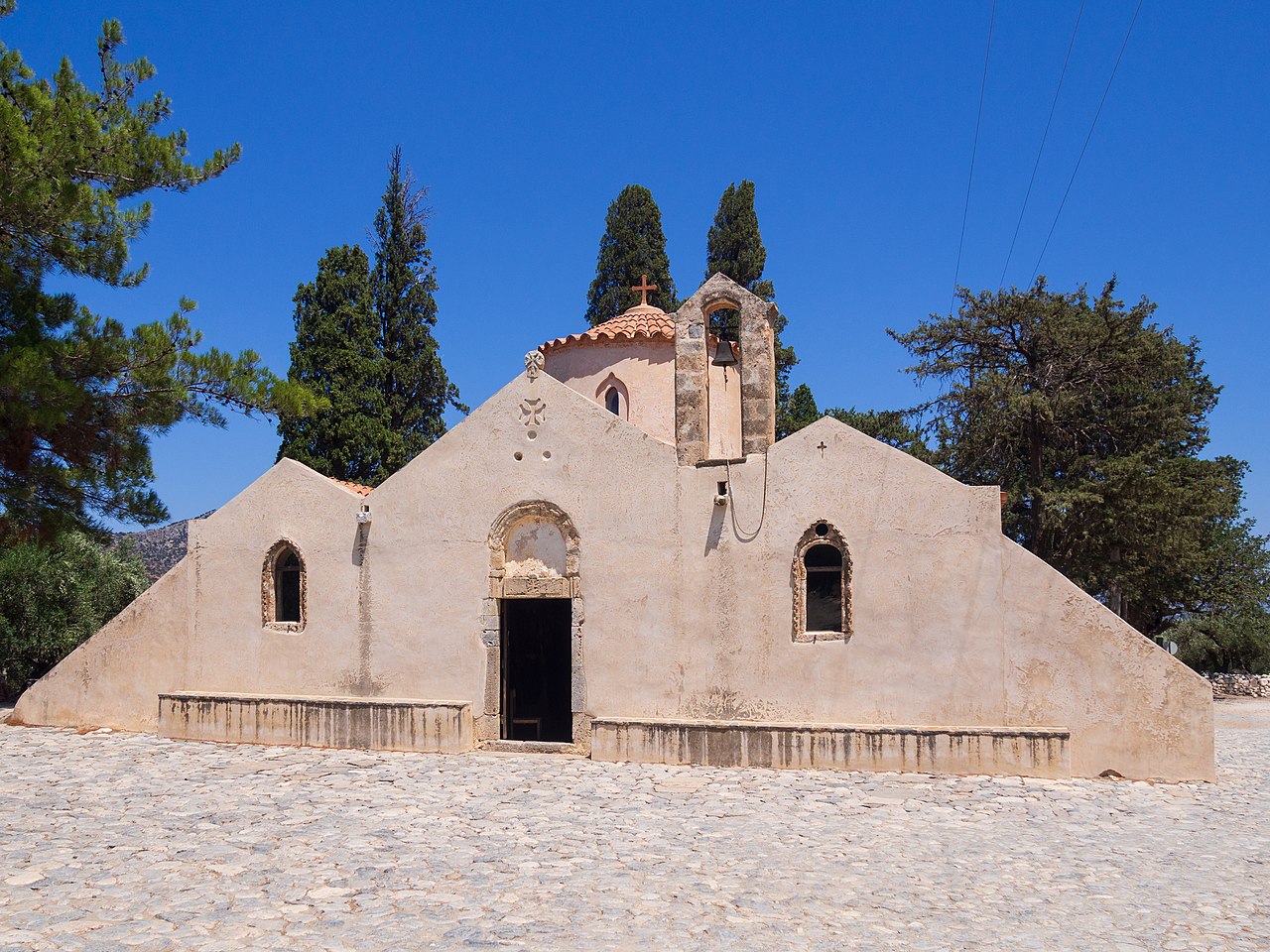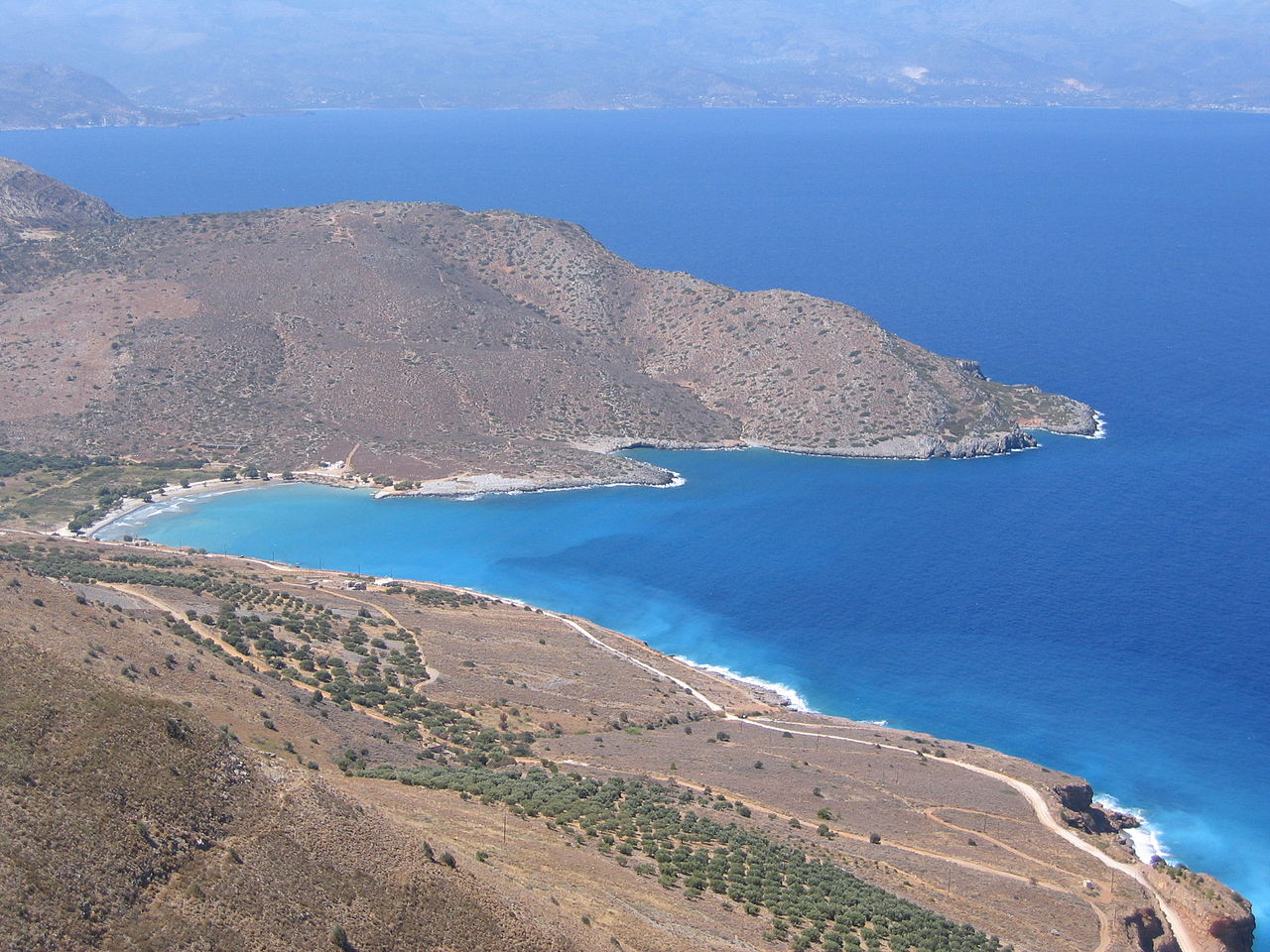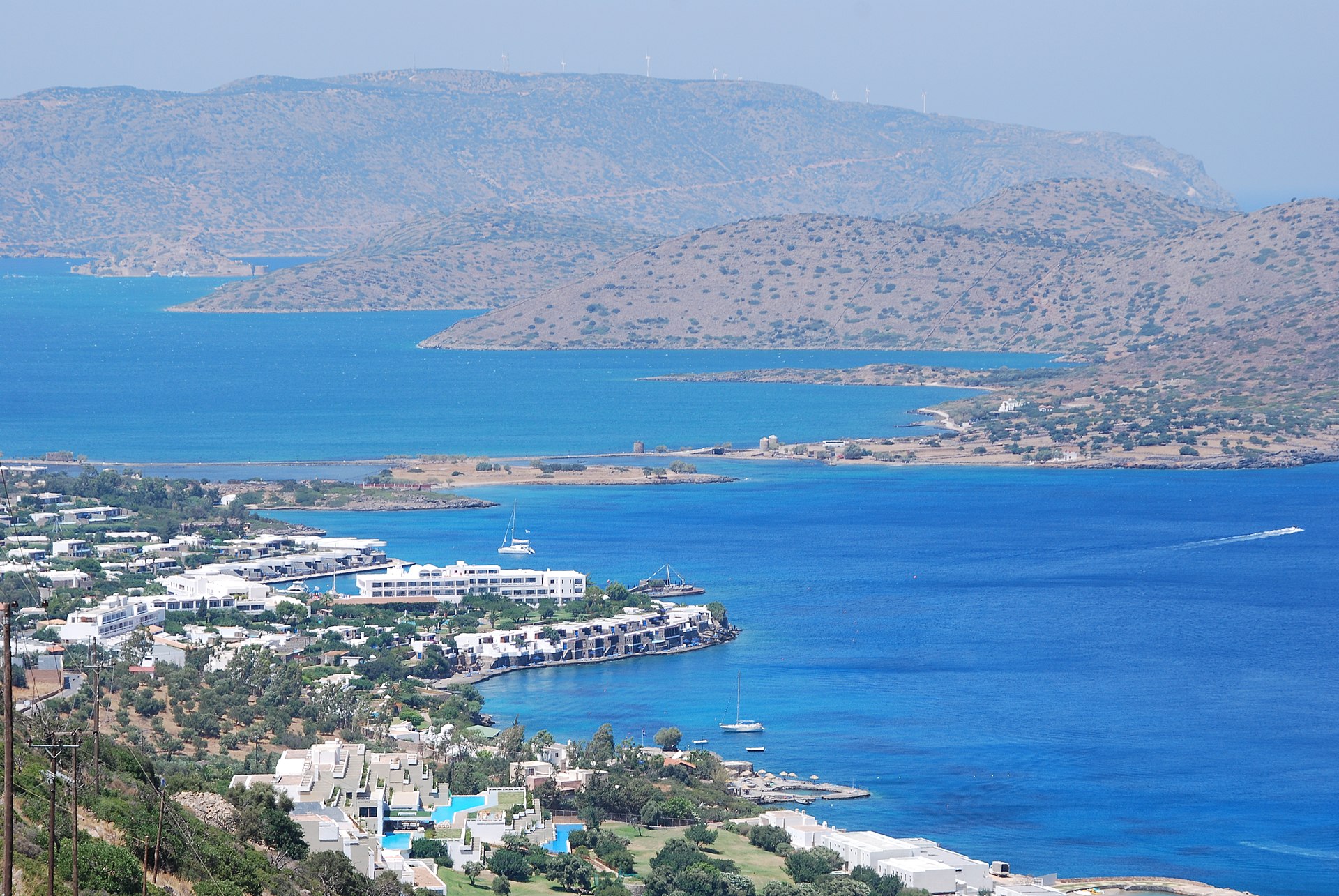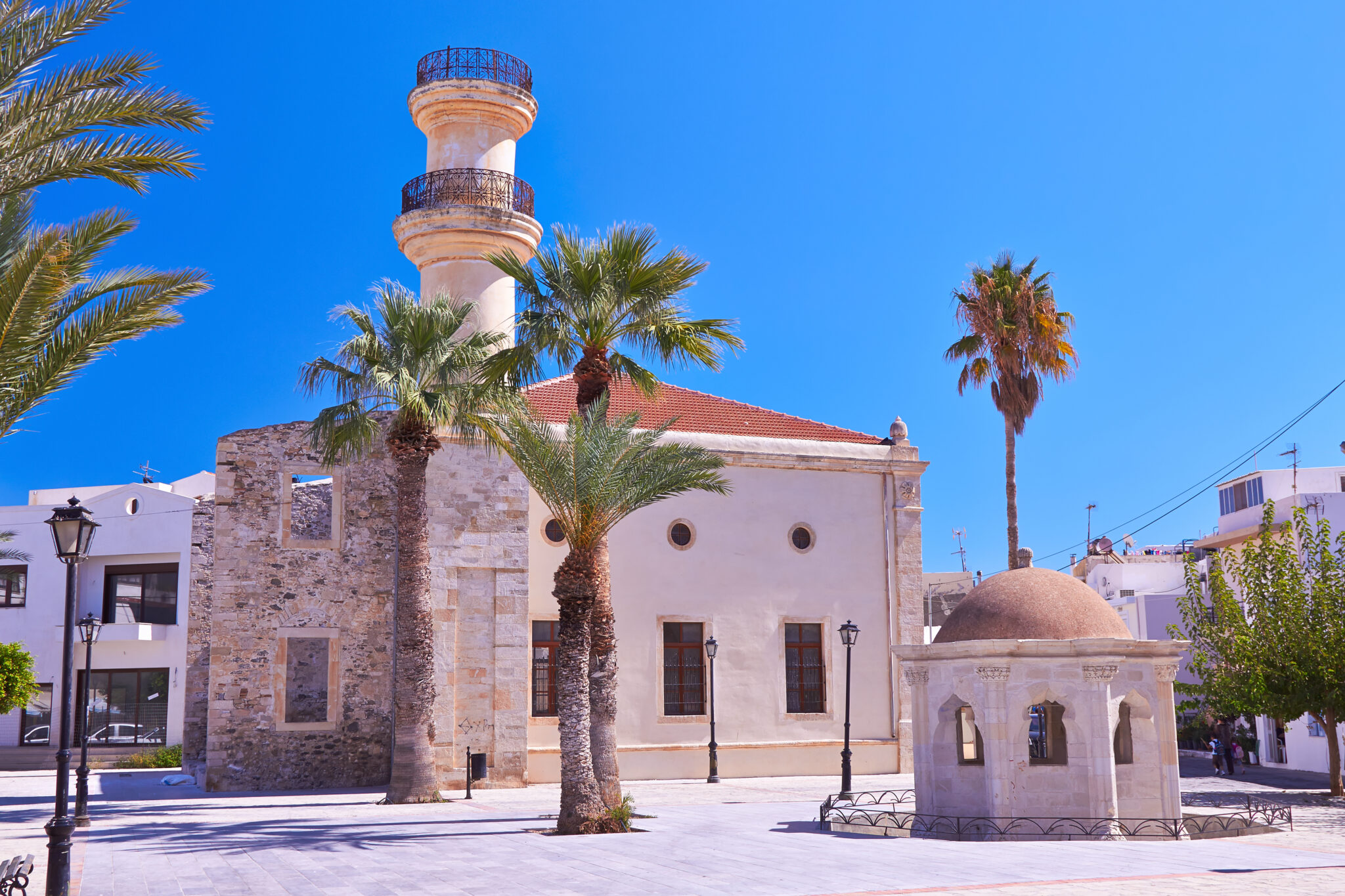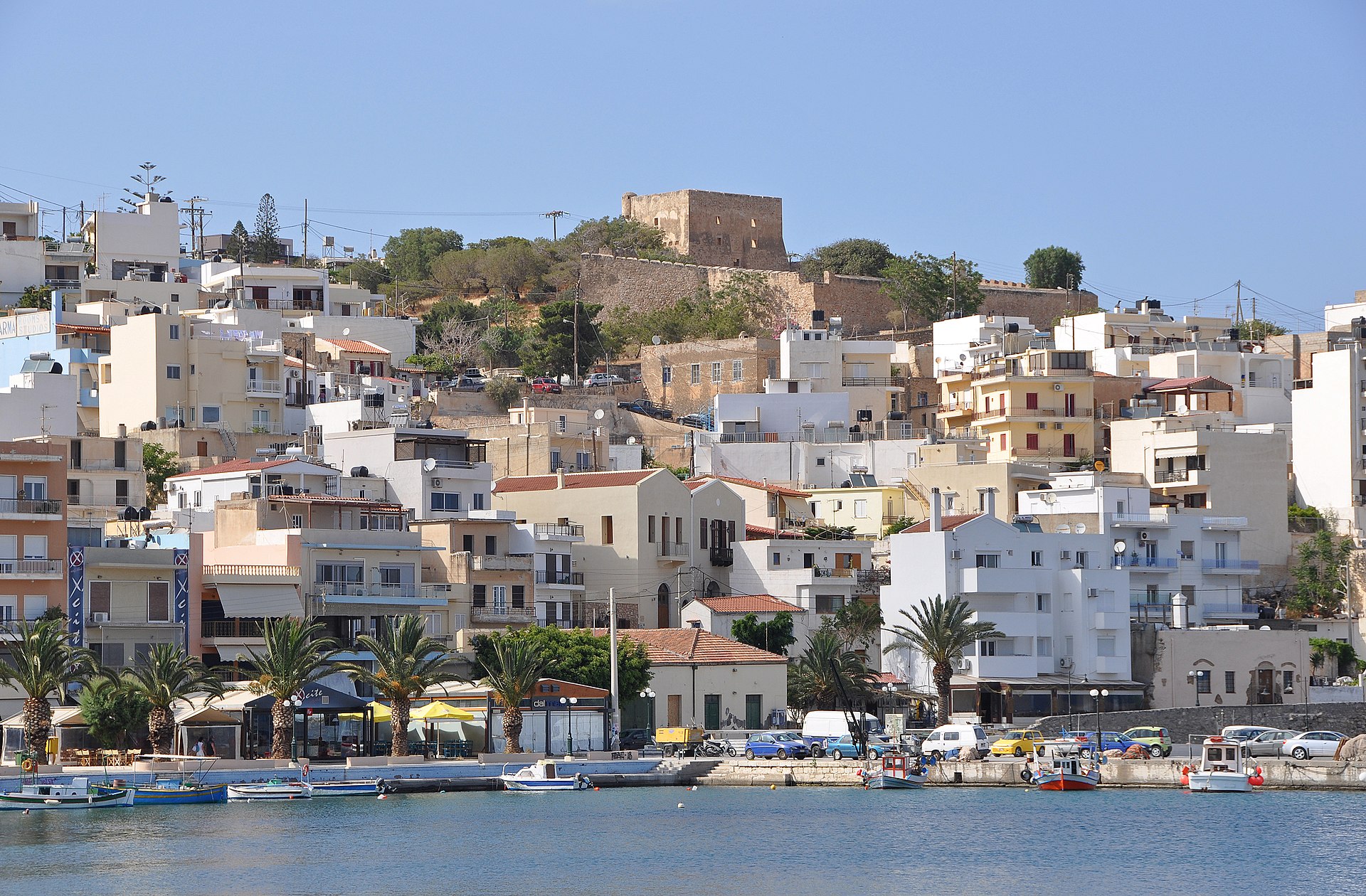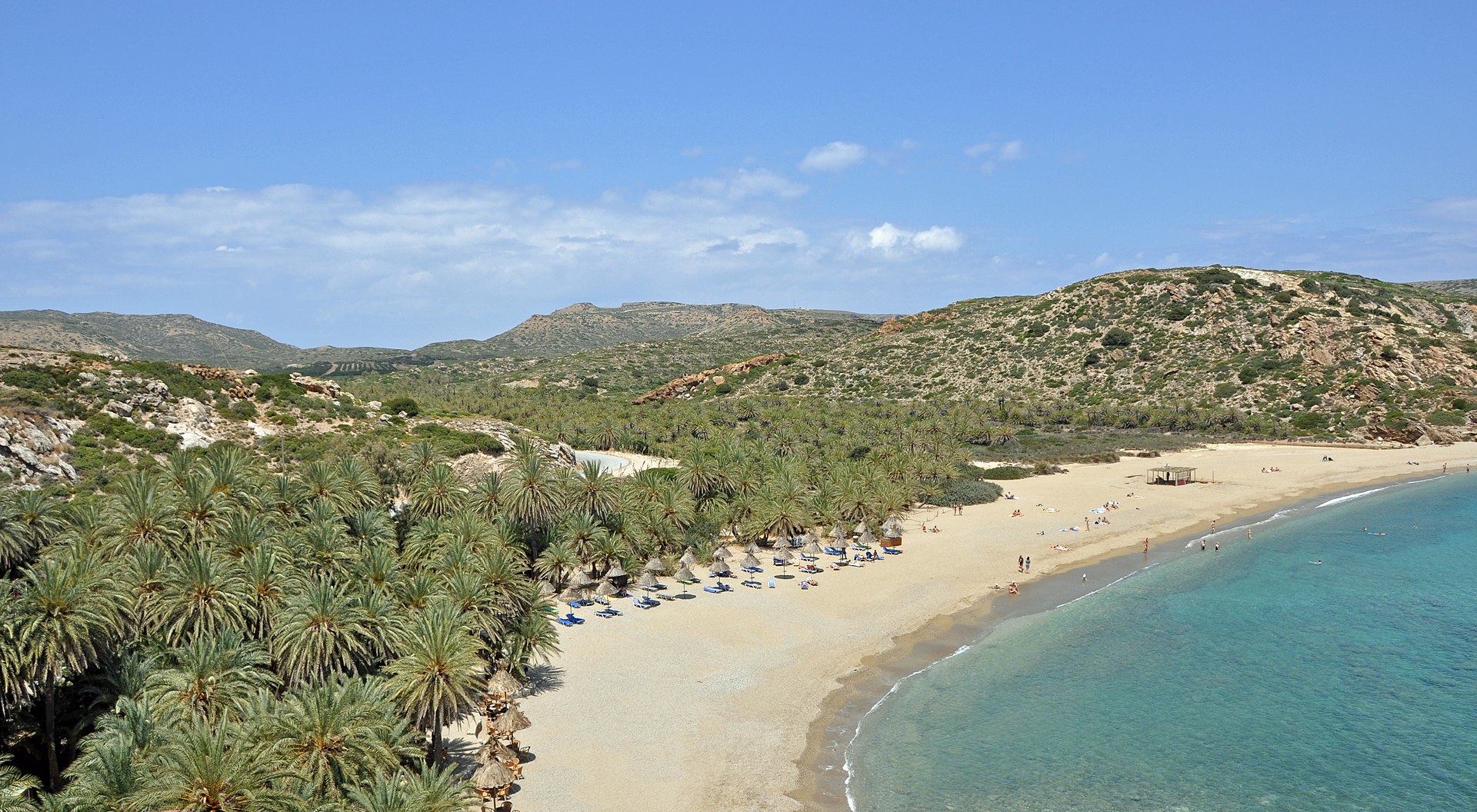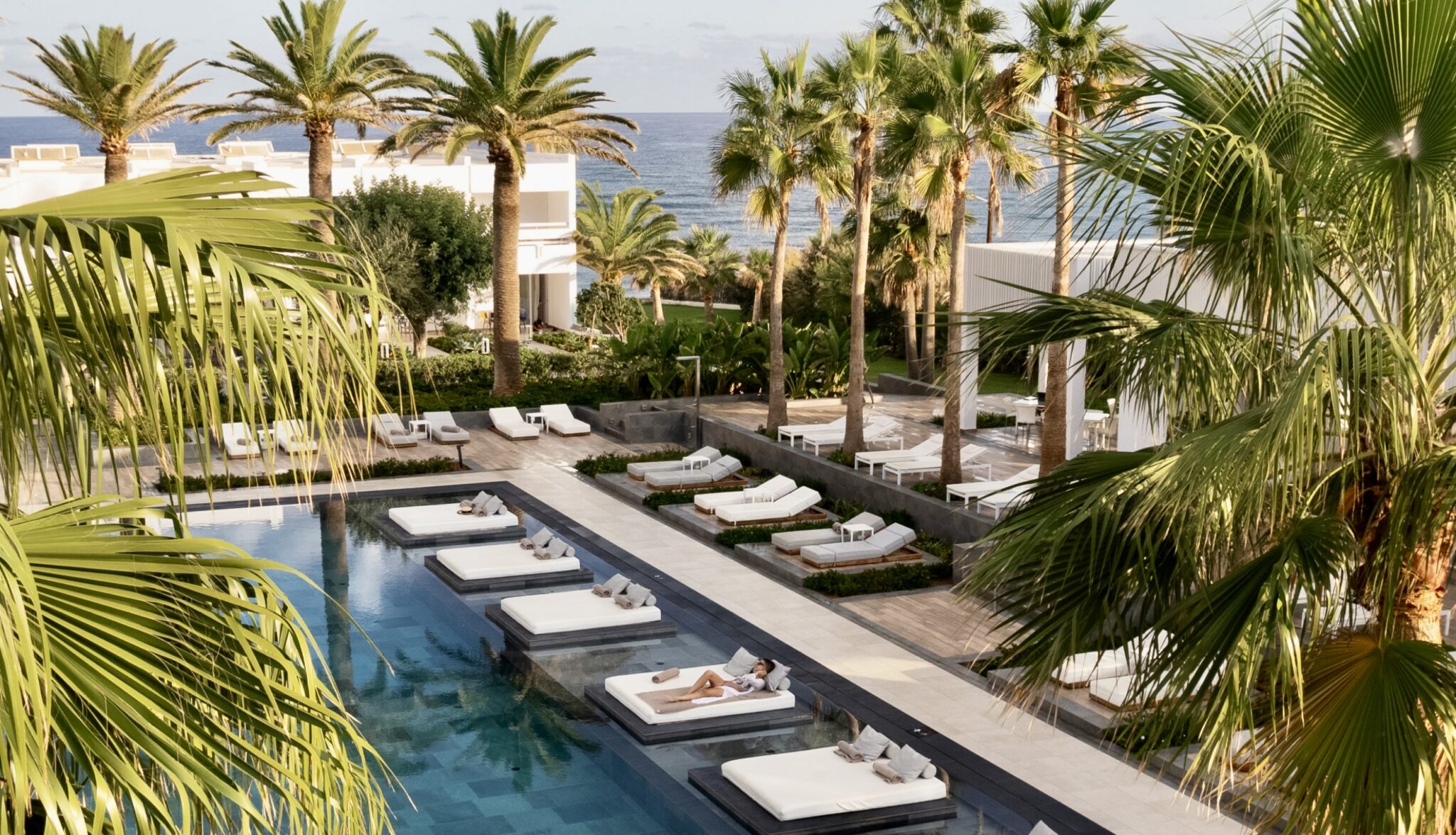Eastern Crete is home to the province of Lasithi, the wildest and most rugged of the Cretan landscapes, rich in forbidding mountains and hidden coves. Deeply immersed in history with Minoan, Dorian and Venetian influence written strongly on the region’s sights, there is a gentleness and humour here and the main towns are more self-contained and less sprawling than their counterparts in the west. Attractive and cosmopolitan, with friendly locals, there is an authenticity of spirit and generosity to be found in this beguiling part of Crete.
Agios Nikolaos
The cosmopolitan capital of Lasithi and one of its jewels, Agios Nikolaos is built upon Kamara, the seaport of Minoan Lato. The Venetians gave little importance to the area and it remained a fishing village until the 20th century. Tourism arrived as a result of its lovely setting of a stony mountain backdrop, sandy beaches and the magical Lake Voulismeni. On a peninsula in the Gulf of Mirabello, the salt water lake is linked to the sea by a narrow channel and mythically it is said to be bottomless. Behind the crowded harbour are hilly, steep streets with sea views that are mainly pedestrianised.
Far more inviting than the resorts along the coast, there are good beaches within striking distance and it has managed to balance the difficulties of mass tourism by retaining a strong Cretan identity. Out of town Kritsa is a delightful village renowned for its weaving tradition and the streets are filled with woven articles draped over every surface. Visit the lovely Byzantine church of Panagia Kera with lively medieval frescoes and then try the local tavernas for an authentic taste of Eastern Crete.
Elounda
Once a small village on the Bay of Mirabello, the name means beautiful in Italian, in the space of fifty years Elounda has transformed itself into one of Europe’s prime luxury destinations. The rich history of the area dates back to ancient times and the city of Olous which was inhabited from Minoan times and flourished in Classical and Roman times. Remains of the city can be spotted underneath a causeway that leads to the Kalydon peninsula, and further inshore a mosaic floor from an early Christian basilica with an intricate fish design can be seen.
Surrounded by Mount Oxa, Elounda was practically isolated from other settlements and developed its own character and culture, but it was repeatedly attacked by pirates forcing the villagers into the mountains. The Venetians came and built salt pans and rebuilt the fortress of Spinalonga, arming it with 35 cannons that resisted Turkish occupation until 1715. In the 1930’s British Imperial Airways used the sheltered waters of the bay as a refuelling station for seaplanes on their way to India. The village was granted touristic status in the 1960’s by royal decree and the first large resort was built in 1969.
Today, the shores of the Gulf of Korfos are packed with hotels offering the last word in luxury and indulgence. A microclimate ensures a pleasant year round temperature and the spectacular views over the rugged coat and jewel coloured seas are a constant, as are the high-end clientele. Developed with taste and some discretion, it may not be a truly authentic Greek experience but as an escape from everyday life there are few better placed competitors.
Ierapetra
30 km south of Agios Nikolaos and at the narrowest point in Crete, Ierapetra is the southernmost town in Greece. The temperature rarely drops below 13 degrees centigrade and it has the lowest rainfall in Crete and this equates to one of the longest growing seasons in Europe and the surrounding areas are full of greenhouses that produce fruit and vegetables that are exported all over the world.
Meaning Sacred Stone, Ierapetra is built on the ancient city of Ierapynta which flourished in the Roman era because of its easy access to Egypt. The most famous attraction of the city is Kales, the fortress located at the entrance to the old harbour. It was reputed to have been built by the Genoese pirate Enrique Pescatore in 1212 and sold to the Venetians. Well preserved, it hosts educational, cultural and artistic events such as music, film and gastronomic festivals.
A stroll through the Old Town reveals a mosque from the Ottoman occupation as well as a Turkish fountain and narrow alleyways waiting to be explored. In this old quarter, Kato Mera, is a humble home where Napoleon Bonaparte is said to have stayed incognito with a local family in July 1798 on his way to his Egyptian campaign. He left a note in French the next morning saying ‘ If you want to know who your stranger was, I am Napoleon Bonaparte.’
On the seafront one of the longer beaches in the area is backed by a promenade packed with cafes and tavernas and the pedestrianised streets offer a low key atmosphere suited to the balmy summer nights. Within easy driving distance are a string of good beaches making Ierapetra a very agreeable year round destination.
Sitia
Crete’s easternmost town, 70 km from Agios Nikolaos, is a self-sufficient haven reminiscent of a Cycladic Chora. It has an airport and a seaport while the capital of the prefecture, Agios Nikolaos, has neither. It makes a great base for exploring Eastern Crete and should be considered as an arrival point instead of Heraklion for example. A lively and pleasant town with whitewashed buildings, its climate is warm and dry, and an improved road network connects it with the rest of Crete.
The town beach is east of the port and extends to Petras in the east. Organised with shallow waters, it is mainly sandy and its long length leaves plenty of quiet spaces. The most beautiful monument in the city is the Kazarma, a well preserved Venetian fortress built on a hill overlooking the port, and the Archaeological Museum is noteworthy, featuring exhibits from all over Eastern Crete dating from the Neolithic era to the Late Roman period.
Close to Vai, Itanos, the excellent beaches at Paleokastro and Hiona, and the deserted landscape of Cape Sideros, Sitia is a super base for exploring the northeastern corner of Lasithi.
Read also:
Agios Nikolaos, cosmopolitan Cretan destination
Oropedio Lasithiou: A special route to the most authentic part of mountainous Crete



